Use these force and motion task cards as a student review activity in your 3rd grade science lessons.
Force and Motion Task Cards for 3rd Grade Science
You’ve explored pushes and pulls with your students. You’ve covered friction, magnetism and gravity. You’ve taught your students key vocabulary such as “work”, “at rest” and “position.” You now need to discover whether or not your students have understood these concepts and can apply them to real-life situations. That’s where Teach Starter’s set of force and motion task cards come into play!
This set of 24 task cards has been designed by our expert team of teachers to help your students grasp the key ideas behind forces and motion. Each card features a multiple-choice question related to various forces, including gravity, magnetism, friction, pushes and pulls. These questions encourage critical thinking and provide students with a practical understanding of how forces influence the world around them.
Here is an example question:
A force that pulls objects towards each other and is determined by the mass of an object is called:
- Magnetism
- Work
- Attraction
- Gravity
The resource download for this set of force and motion task cards includes:
- Instruction page
- 24 x task cards
- Recording sheet
- Answer sheet
We have provided an easy-print PDF or an editable Google Slides version of these force and motion task cards. This resource will make your science lessons dynamic and interactive while helping your students grasp these essential physics concepts.
Multiple Uses for Force and Motion Task Cards
Looking for inspiration as to how you might use these force and motion task cards in your science lessons? Here are a few suggestions from our experienced teacher team to get your students up and moving:
- Scoot Activity – Place the force and motion task cards around the room in numerical order and give each student a recording sheet. Assign students or pairs to a starting point card. Give students time to review the card and record their answers in the corresponding space on their paper. Students will rotate to the next card when you say, “SCOOT!” Continue in this manner until students return to their starting point.
- Four Corners – Assign each corner of the classroom a letter – a, b, c or d. Project the force and motion task cards onto your interactive whiteboard and read each question aloud. Have the students move to the corner of the room that matches the answer they feel is correct.
- Team Challenge – Place the students in two teams. Read one of the task cards out to the students and the four multiple-choice options. Once these have been read out, the first two students in each team must run to the whiteboard and write the letter corresponding to the answer they feel is correct. Points could be awarded for correct answers.
Download These Force and Motion Task Cards
Use the Download button above to select your chosen file format.
As this resource contains an answer page, we recommend printing one copy of the entire file, removing the answer page, then making further copies if required.
Print the cards on cardstock to increase the durability of the resource. Place the cards together in a large envelope or ziplock bag for safekeeping.
This resource was created by Kaylyn Chupp, a teacher in Florida and a Teach Starter collaborator.
More Force and Motion Resources for Your Classroom
Teach Starter understands that you want to spend less time planning and more time teaching! Click below to access more great force and motion resources to make your science planning a breeze!
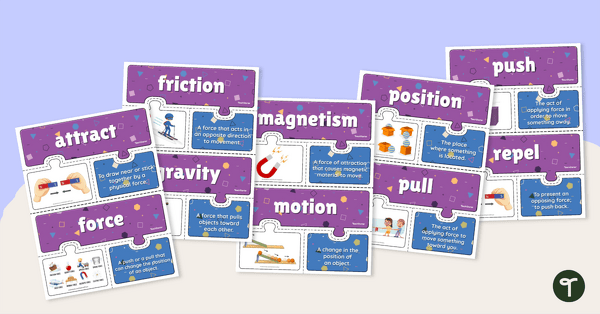
teaching resource
Force and Motion Vocabulary Puzzles
Reinforce science vocabulary with this set of 22 force and motion vocabulary puzzles.
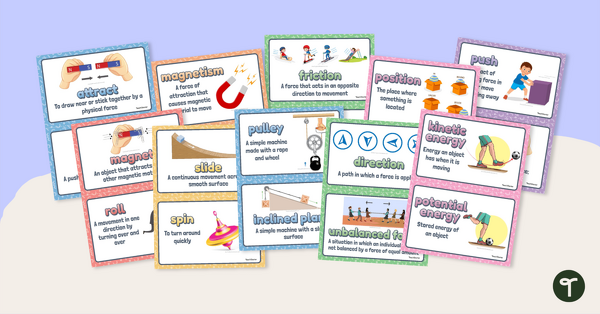
teaching resource
Force and Motion Vocabulary Posters
Display this set of 22 mini-posters in your classroom when learning about force and motion vocabulary.
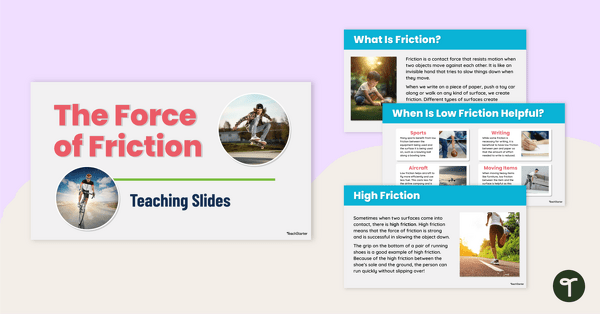
teaching resource
The Force of Friction Teaching Slides
Teach your students facts about friction with this comprehensive and age-appropriate teaching presentation for elementary school science lessons.
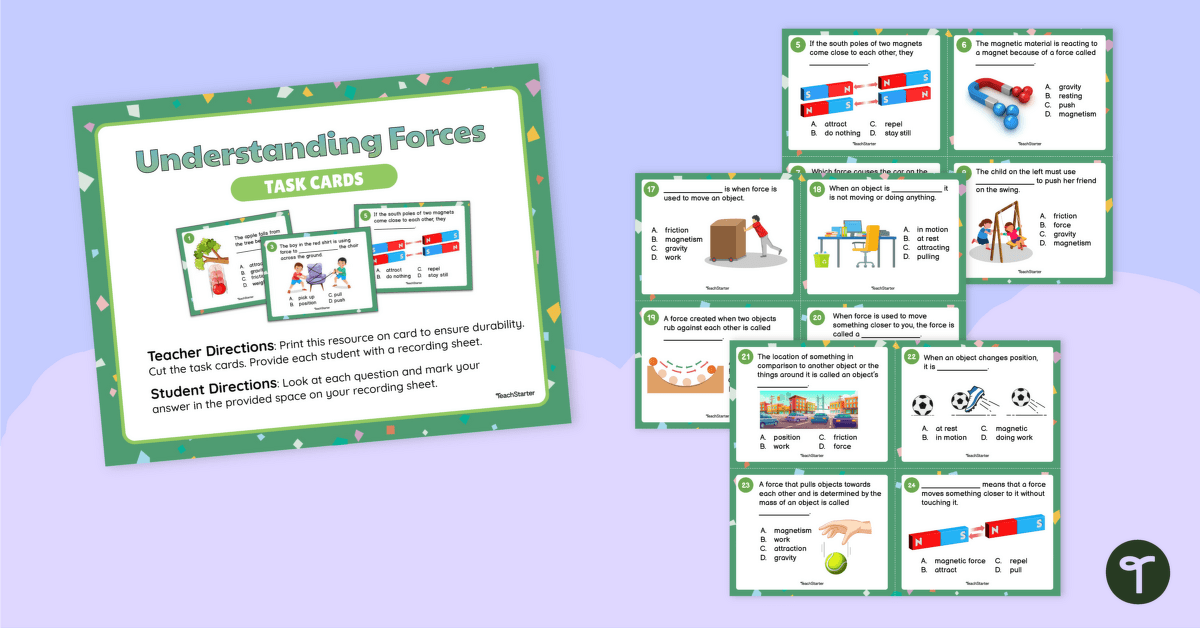

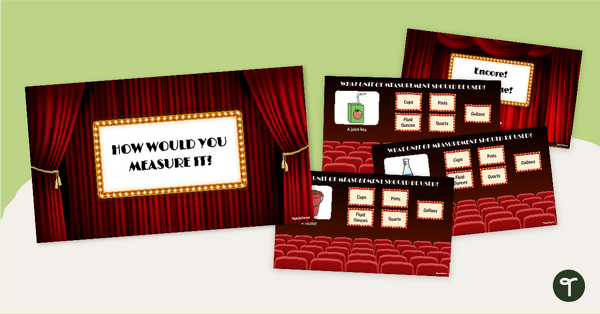
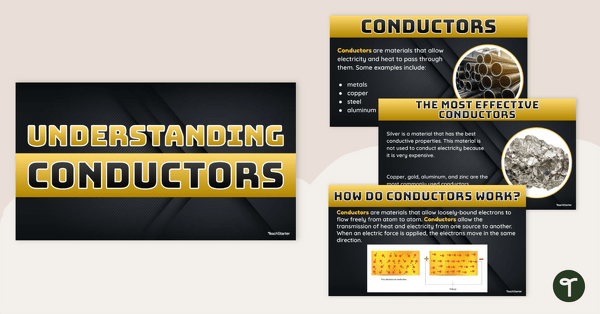
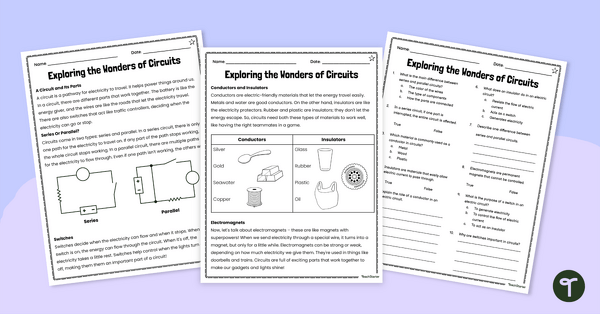
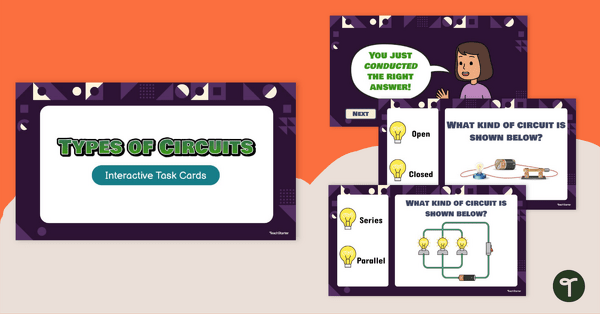
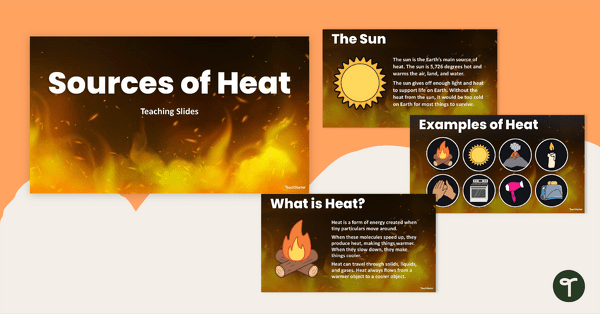
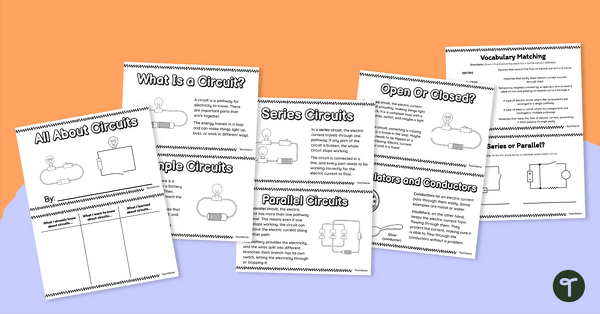
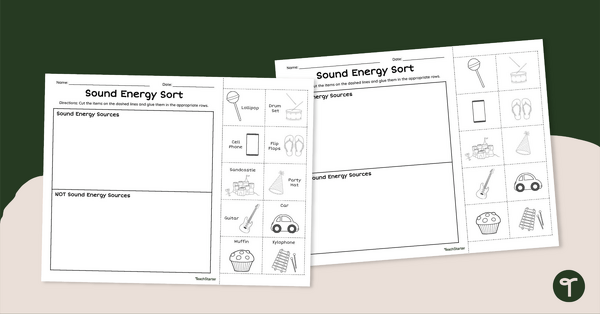
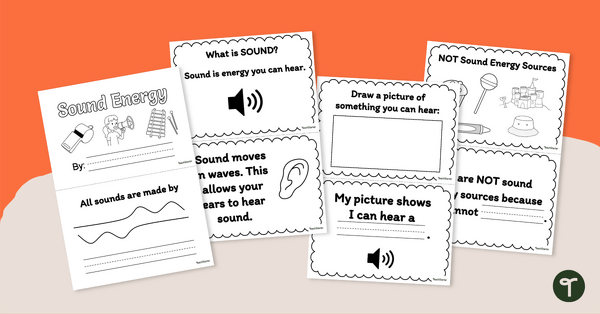
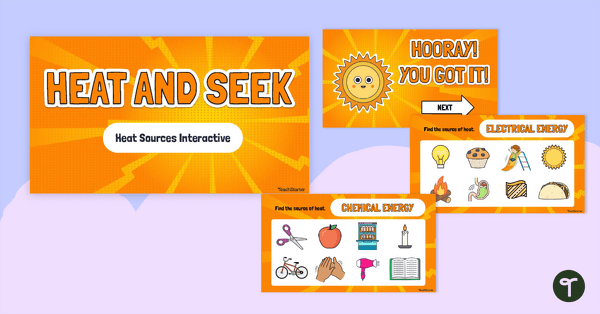
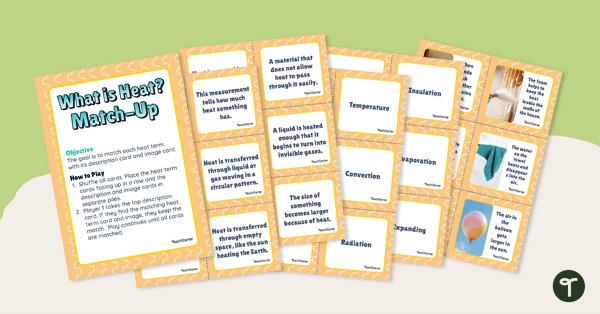
0 Comments
Write a review to help other teachers and parents like yourself. If you'd like to request a change to this resource, or report an error, select the corresponding tab above.